Aging Population
The demographic shift towards an aging population is significantly influencing the Nasogastric Tube Market. As individuals age, they often experience a decline in health, leading to conditions that require enteral feeding. Data suggests that by 2030, the number of people aged 60 and above will surpass 1.4 billion, creating a substantial demand for medical devices, including nasogastric tubes. This demographic trend is likely to drive innovations in tube design and functionality, as manufacturers strive to meet the specific needs of elderly patients. The increasing reliance on nasogastric tubes for nutritional support in geriatric care is expected to enhance the market's growth trajectory.
Regulatory Support and Guidelines
Regulatory support and the establishment of guidelines for the use of nasogastric tubes are essential drivers for the Nasogastric Tube Market. Regulatory bodies are increasingly providing frameworks that ensure the safety and efficacy of medical devices, including nasogastric tubes. These guidelines help standardize practices in healthcare settings, promoting the safe use of nasogastric tubes for enteral feeding. As healthcare facilities adhere to these regulations, the demand for compliant nasogastric tubes is likely to increase. This regulatory environment not only enhances patient safety but also fosters innovation within the industry, as manufacturers strive to meet evolving standards.
Rising Awareness of Enteral Nutrition
There is a growing awareness regarding the benefits of enteral nutrition, which is a significant driver for the Nasogastric Tube Market. Healthcare professionals are increasingly recognizing the importance of providing nutritional support to patients who cannot eat orally. This awareness is leading to more frequent use of nasogastric tubes in clinical settings. Market data indicates that the enteral nutrition market is projected to grow at a compound annual growth rate of over 7% in the coming years. This growth is likely to be mirrored in the nasogastric tube segment, as healthcare providers seek effective solutions for patient care. The emphasis on enteral nutrition is expected to further solidify the role of nasogastric tubes in hospitals and long-term care facilities.
Increasing Prevalence of Chronic Diseases
The rising incidence of chronic diseases such as diabetes, cancer, and neurological disorders is a primary driver for the Nasogastric Tube Market. These conditions often necessitate enteral feeding, leading to a higher demand for nasogastric tubes. According to recent data, the prevalence of chronic diseases is expected to increase, with projections indicating that by 2025, nearly 60% of the population may be affected by at least one chronic condition. This trend underscores the critical role of nasogastric tubes in patient care, as they facilitate nutritional support for patients unable to consume food orally. Consequently, healthcare providers are increasingly relying on nasogastric tubes, thereby propelling the growth of the Nasogastric Tube Market.
Technological Innovations in Medical Devices
Technological advancements in medical devices are playing a crucial role in shaping the Nasogastric Tube Market. Innovations such as improved materials, enhanced designs, and smart technology integration are making nasogastric tubes safer and more effective. For instance, the development of biocompatible materials reduces the risk of complications associated with tube insertion and prolonged use. Furthermore, the introduction of smart nasogastric tubes equipped with sensors for monitoring patient conditions is likely to enhance patient outcomes. As these technologies continue to evolve, they are expected to attract more healthcare providers to adopt nasogastric tubes, thereby driving market growth.


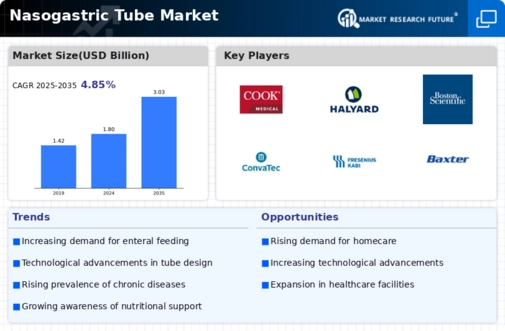
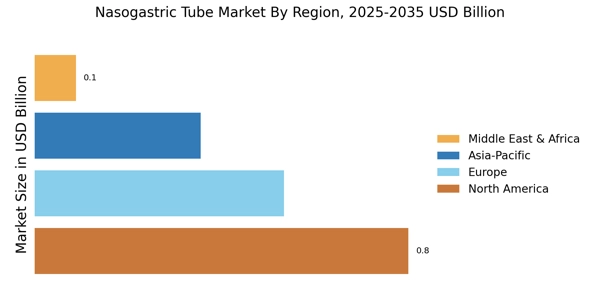


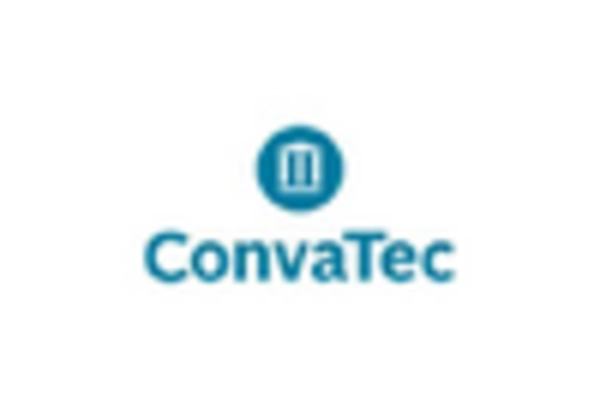
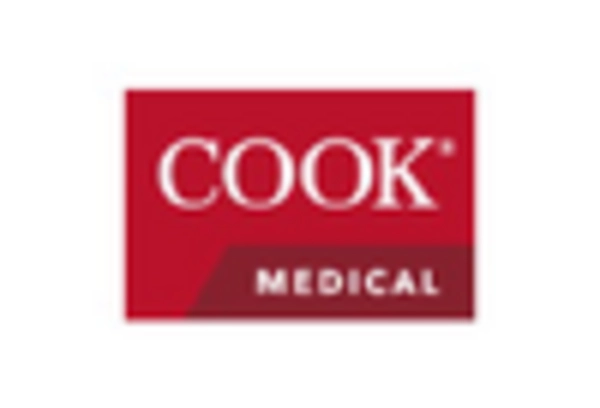
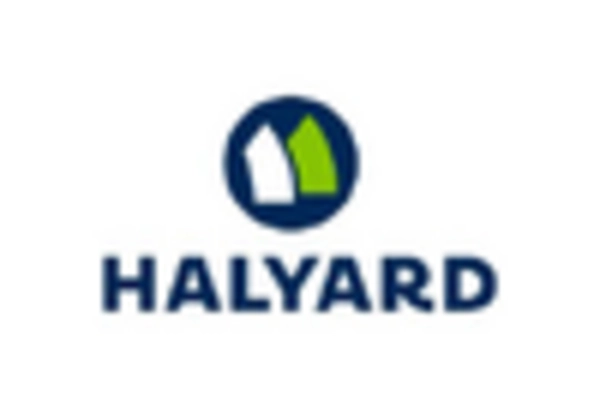









Leave a Comment